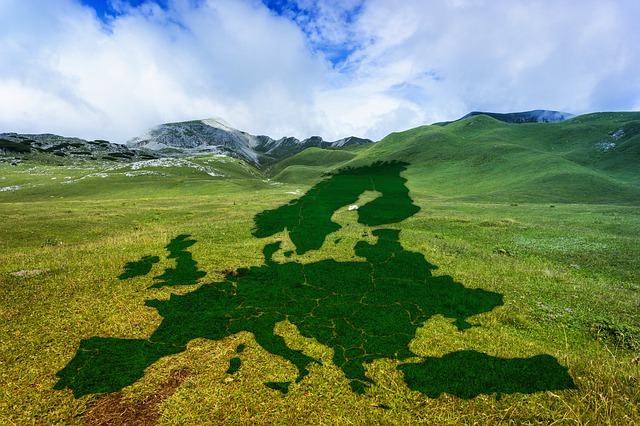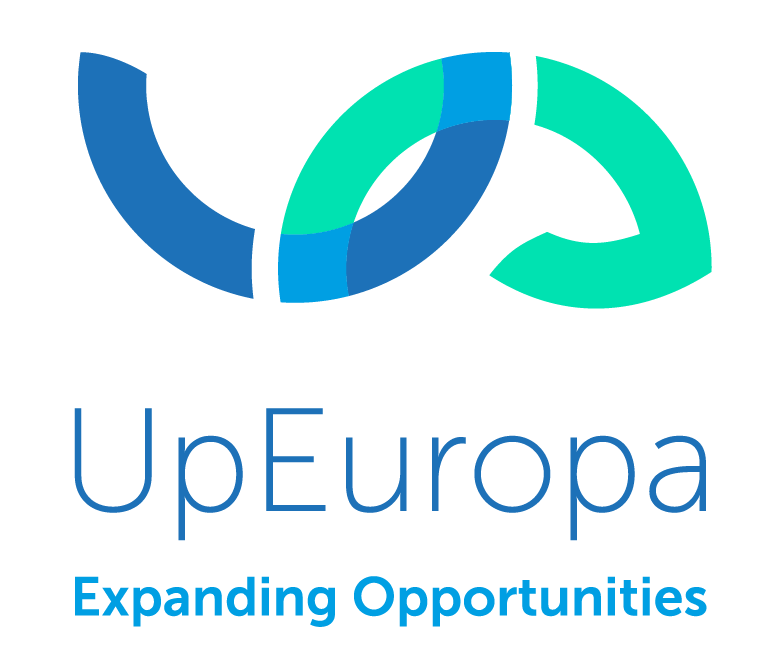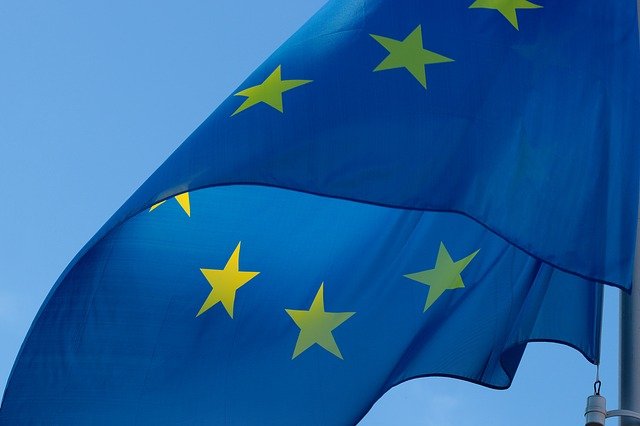
The Green Deal or European Green Pact – what have we done so far
The European Green Deal is a set of policy initiatives by the European Commission with the overall objective of making Europe climate neutral by 2050. An impact assessment plan will also be presented to increase the greenhouse gas emission reduction target. of the EU by 2030 at least 50% and towards 55% compared to 1990 levels.
In the context of the Paris Agreement, and therefore using current emissions as a base, because since 1990 EU emissions have already been reduced by 25% in 2019, [3] a reduction target of 55% using 1990 as a base represents in 2019 terms a target to reduce the 40%: (0,55-0,25) / (1-0,25) = 0,40.
According to the 2020 Emissions Gap Report from UNEP (United Nations Environment Program), meeting the 1.5 ° temperature rise target of the Paris Agreement (with a 66% probability) requires GtCO2e 34/59 = 57% global emission reduction from 2019 levels by 2030, therefore well above the 40% target of the European Green Deal.
This 57% emission reduction target by 2030 represents average global reductions, while advanced economies are expected to contribute more.
The plan is to review every existing law on its climate merits, and also introduce new legislation on circular economy, building renovation, biodiversity, agriculture and innovation.
The president of the European Commission, Ursula Von der Leyen, stated that the European Green Deal would be Europe’s “man-on-the-moon moment”, as the plan would make Europe the first climate-neutral continent. Von der Leyen appointed Frans Timmermans as Executive Vice President of the European Commission for the European Green Deal. On 13 December 2019, the European Council decided to go ahead with the plan, with an opt-out for Poland [6]. On January 15, 2020, the European Parliament also voted in favour of the agreement, with requests for higher ambition.
How the Green Deal is put into practice
Within the framework of the intersectoral actions of the Horizon 2020 program, the European call corresponding to the Green Pact was published for January 25, 2021, through the 10 thematic areas into which it is divided, whose objective is to finance projects that, materializing in all areas of the European economy, will profoundly modify the negative impact that productive activities and citizens’ lifestyles have on the environment, with a very ambitious prospect of achieving climate neutrality.
In this sense, UP PROJECT was involved in the preparation and presentation of the following proposals, in three of them (the first three) as coordinating / applicant organization.
BeFIRST, the food industry sustainability project
In the context of Area 10.2 “Behavioural, social and cultural change for the Green Deal”, the proposal “Behavioural Food Impact Reducing for Sustainability of Tomorrow – BeFIRST” tries to develop technological solutions that sensitize the population towards increasingly green behaviours.
This transnational association made up of 24 European countries, proposes a digital solution to provide users with useful advice to change their habits, sensitizing to more conscious ways of shopping, healthy eating and reducing waste, all through a gamified approach, a file original and effective to stimulate their interest and motivation. The most suitable digital format (online platform, web or mobile application, etc.) and the creation of specific tools (discussion areas, personal behaviour diaries, challenges, etc.) will be decided after the research phase, in order to provide a real solution based on user needs.
This digital solution will involve not only consumers but also other relevant actors in the food sector, such as agricultural companies, restaurants, shops, civil society organizations, as well as institutions. In fact, people’s behaviors are only the first step towards larger-scale change: new consumer behaviors will drive change in food production, supply chains, food policies, and waste reduction.
DECIDE-UP, the democratization of the ecological transition
Another proposal in area 10.1 “European capacities for deliberation and citizen participation for the Green Deal” is “Decide-Up”, which aims at the active participation of citizens in all phases of the transition towards a green economy.
Active support from citizens is required for issues of considerable complexity, such as the choice of energy sources, attitudes towards the bioeconomy, water management, the rural-urban divide, the digital divide, etc. social groups, different generations and different origins, including those living in more vulnerable conditions or belonging to less privileged social groups. A series of real and virtual co-creation activities and events could make the above processes possible, improving the dissemination of knowledge and information and fostering debate.
Starting the processes from the bottom up implies that the knowledge and expectations of citizens are considered, valued and appreciated and a process of collective learning begins, involving them in discussions and exchanges that require technical, scientific and managerial knowledge considered important to trigger the cooperation process – creation of knowledge and achievement of the objective of maximum participation.
CITIZENS 2030, a new educational framework of reference
Also in the area of 10.3, “Allow citizens to act on climate change, for sustainable development and environmental protection through education, citizen science, observation initiatives and civic engagement”, Subtopic 1: Allow citizens to act on climate change and for sustainable development through education, articulates the proposal “Citizens Learning Spaces for a systemic practice model towards Sustainable Development – CITIZENS 2030”
From the early stages, the European Commission has been seeking a balanced, integrated and holistic mix of formal education and non-formal learning, from the Socrates, Leonardo and Youth Joint Actions (2004) to the current Erasmus Program (2021 – 2027), where the definitions of both types are clearly defined and related to the Council Recommendation on key competences for lifelong learning (https://ec.europa.eu/education/education-in-the-eu/council-recommendation-on-key -competences-for-lifelonglearning_en)
Taking this fact as a starting point for the current call and the CITIZENS 2030 proposal that we describe here, our ambition is to define a model where formal education and non-formal education are combined in learning spaces for citizens, where sustainable development changes. Climate in the context of sustainable development is at the core of learning outcomes, in addition to the added value of involving all relevant actors and stakeholders in related processes and outcomes.

EUGreenGrid, towards an ecological and sustainable modular housing
In area 4 “Building and renovating efficiently in terms of energy and resources”, the proposal “EUGreenGrid” is an innovative European construction solution that integrates pre-existing construction products in an adaptable, versatile and flexible system for residential and non-residential solutions. Affordable urban and architectural developments that are energy-positive, zero-emission buildings in sustainable green and energy exchange. neighborhoods.
Its objective is to respond to the environmental and social needs of different contexts by involving citizens and articulating modular elements in sensitive construction and housing solutions. Its vision is to become the European sustainable building and living solution that is open to all members, products and builders towards a common mission of preserving, enhancing and respecting the natural, built and social environment.
To achieve this vision, EUGreenGrid will design and build demonstrators that will be meaningfully co-created in a bioclimatically sensitive and socially conscious way through a Living Lab approach.
The new building solution integrates, in a technology platform, a set of existing green and energy efficient “Made in Europe” innovations and building components (flexible and modular industrial building platform for high-mass timber buildings, state-of-the-art technological advances of silicon and perovskite-based solar cells, and numerous GreenSkins of sustainably sourced bamboo and cork materials, among others) in smart system networks that are not only energetically positive, but also have a positive impact on the quality of life of people. With a view to scaling up and broad replication, large-scale demonstrators will be built with the EUGreenGrid technology platform and deployed in three different socio-cultural and climatic contexts in selected EU municipalities: Vila Nova de Poiares (Portugal), Tallinn (Estonia) , Herning. (Denmark), and will have the participation of all relevant actors from the entire value chain, from planning and design, through manufacturing and construction, to final use in a co-creation process.
According to the latest information available, the results of the evaluation will be published before June 26, 2021.

